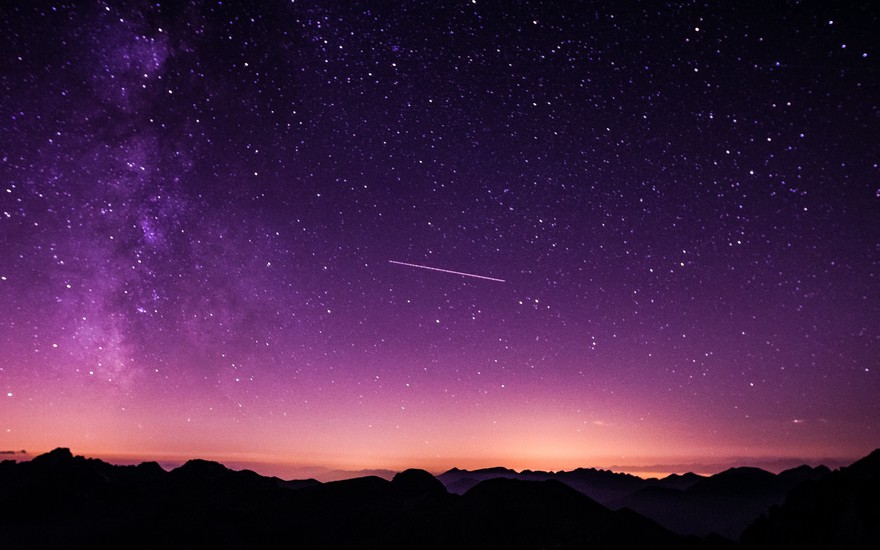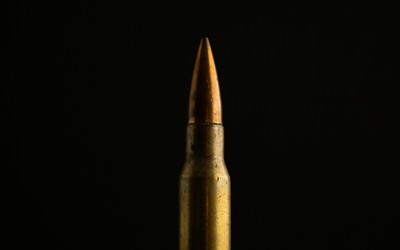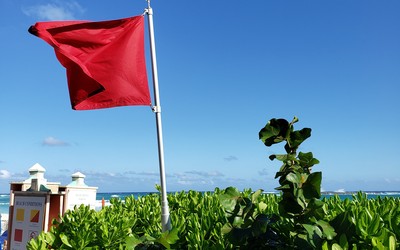
Vincentiu Solomon, Unsplash.com
Space travel
Hi community! This is an essay on space travel.Space travel
As recently as 70 years ago, space travel was just a dream in our minds – a mere dream. Our ancestors used to look up to the skies and wonder, just how large is space? How do we get there? What are those twinkly little things that show up at night and disappear at dawn? How far are the moon and the sun?
In the 10th century AD, the Chinese began experimenting with rockets powered by gunpowder. These little objects would go up high in the sky and burst like fireworks. Early attempts to go to space weren’t successful. There was a small breakthrough in 1926 when American physicist Robert Goddard built a rocket-powered by liquid oxygen. Though it only achieved a height of 12 m, Goddard’s method of rocket propulsion is still used today, hence he’s also known as the Father of Modern Rocket Propulsion.
Bang in the middle of World War II, German scientists developed the V-1 and V-2 ballistic rocket missiles. The V-1 (Vergeltungswaffen-1) rocket missile was an unmanned rocket-powered missile that used to fly on until it ran out of fuel, crashing down on the ground and exploding. The V-2 (Vergeltungswaffen-2) rocket missile was similar to the V-1, only that it could travel at the speed of sound. The Germans who built these were probably thinking of nothing but war at that moment, but in fact, these ballistics were the forerunners of modern rockets!
In 1957, there was the space race between the Soviet Union and the United States, which was an extension of the Cold war to space. The Soviets launched Sputnik 1, which was the first-ever artificial satellite sent to space. This was followed shortly by the launch of Sputnik 2, which carried the first-ever living thing from Earth to space – a dog named Laika. Sadly, Laika died in space.
In 1959, the Soviets launched the Luna-1 mission, intended to reach the moon. However, due to a computer malfunction, it missed the moon by 6,000 kilometres. Other Luna missions till Luna 8 either missed the moon, crashed on the moon, or exploded.
In 1960, the Soviets launched the Sputnik 5, which carried a variety of passengers: Two dogs called Belka and Strelka, a rabbit, a few mice and rats, flies, plants and fungi. This was the first-ever space mission to carry living organisms to space, and also to bring them back safely! Not one of the passengers died. Belka and Strelka lived on to old age.
In 1961, the Soviet cosmonaut (Cosmonaut: Astronaut of the Soviet Union) Yuri Alekseyevich Gagarin became the first-ever human to go to space. Travelling aboard the Vostok-1 space capsule, he also became the first-ever human to complete one orbit of the Earth. In 1963, Soviet cosmonaut Valentina Vladimirovna Tereshkova became the first and the youngest woman to ever go to space, aboard the Vostok 6. In 1965, cosmonaut Alexei Leonov performed the first-ever spacewalk lasting for 12 minutes.
In 1966, the Soviets launched the Luna-9 which was the first spacecraft to ever soft-land on the moon. Luna-9 bounced around a crater for 3 earth days before its batteries ran down. It also sent a few photos back to Earth. Four years later, the Soviets launched the Luna-16, which collected a few samples around and returned to Earth.
To win the space race, the Americans knew that they would have to do something huge. So, in 1969, NASA (National Aeronautics and Space Administration: The space agency of the United States) launched the Apollo 11 mission aboard the Saturn-V SA506 rocket consisting of Neil Armstrong, Edwin ‘Buzz’ Aldrin and Michael Collins. They reached the moon, about 380,000 kilometres away, in three days. Armstrong and Aldrin landed on the moon, with Armstrong becoming the first man on the moon (“That’s one small step for man, one giant leap for mankind”). Collins remained orbiting the moon aboard Apollo 11. This was followed by Apollo 12, Apollo 14, Apollo 15, Apollo 16 and Apollo 17. Disaster struck Apollo 13 as the vessel caught fire, but thankfully, the astronauts escaped in the landing module and returned safely. After Apollo 17 (December 1972), not one manned spacecraft has gone to the moon.
Back in 1964, NASA launched the Mariner 4, the first spacecraft to fly by Mars. This was followed by Mariner 5, launched in 1967, which flew past Venus. Mariner 6, Mariner 7 and Mariner 9 also reached Mars. Mariner 8 could not go out of the atmosphere of the Earth and baled out in the Atlantic Ocean.
In 1971, the Soviets launched the Salyut-1, the first space station. This was followed by Skylab, launched by NASA, in 1973. Skylab burnt up in the atmosphere in 1979, due to orbital decay. The Mir Space station (Soviet-Russia) was launched in 1986 and fell back in 2001. In 1998, with international efforts, the International Space Station was launched. At first, it consisted of a NASA module and a Russian module, but now it has grown to Japan, Canada, and the ESA (European Space Agency). China was barred from the ISS in 2011.
In 1973, NASA launched the Mariner 10, which became the first spacecraft to fly past Mercury. It sent back images to Earth.
20 August 1977 was an important date in space history. This day witnessed the launching of Voyager 2, an ordinary-looking unmanned spacecraft. What’s extraordinary about this is that it travelled 20 billion kilometres between 1977 to 2020! It visited Jupiter, Saturn, Uranus and Neptune and Neptune’s moon Triton, and beamed back images. Then, it left the solar system in 1990. This was followed by the launching of Voyager 1 on the 5th of September, 1977. It visited Jupiter and Saturn and left the Solar System. It’s currently 23 billion kilometres away from the Earth. Both the Voyager missions carry a sound disc to introduce us to extraterrestrial life. This was preceded by the Pioneer 10 and 11 missions, which too left the Solar System in 2003.
Space may be beautiful, but it’s dangerous too. In 1986, The Challenger space shuttle blew up just 90 seconds after launch, due to a booster rocket failure. All 7 astronauts onboard the space shuttle died. In 2003, the Columbia Space shuttle, on which Kalpana Chawla was travelling, disintegrated on re-entering the Earth’s atmosphere. All astronauts died.
In 2001, American millionaire Dennis Tito strapped his bag to his shoulder and climbed aboard a Russian Soyuz space module off for the International Space Station. He spent a whopping USD 20 million (about INR 140 crores) to become the first space tourist in the world. Billionaires Jeff Bezos and Richard Branson too followed Tito’s footsteps. Now, there are many Space Tourism companies such as SpaceX and Blue Origin, and plenty of tourists.
In 2015, The New Horizons space probe became the first spacecraft to reach Pluto. At the size of an average piano, it also sent Earth the first clear image of Pluto. The previous clearest image of Pluto was taken by the Hubble Space Telescope, but it was made up of huge pixels.
The future of space travel is being debated by top astronomers and scientists. There are talks of setting up a Space “Elevator” that can bring people up to space and back, However, of course, it has to be at least 250 kilometres tall. There are also talks of setting up a town on the moon by 2040, but it may have been delayed because of the Covid pandemic. Scientists aim to send people on Mars by 2050, but the time taken to travel from Earth to Mars would be about 6 months and another six months.
With companies like SpaceX and Virgin Galactic, the future of Space Travel is very bright. Will we be able to land a man on Venus? Will we be able to terraform and live on the moon? Perhaps you will be the first person on Mars?
That's all for this blog. If you like it, do consider giving it a heart! Follow me for regular notifications on my blogs. Thanks for reading!
Yours,
Ayushman_C
(Photo courtesy of unsplash.com, met with the etiquette of lichess.org blog)
More blog posts by Ayushman_C

How to increase your variants rating (and how to win in hyperbullet)
No clickbait.
We could do this all day, buddy
Flagging
How to light a match
I'm running short of blog ideas, so I thought of this nonsense for you.
